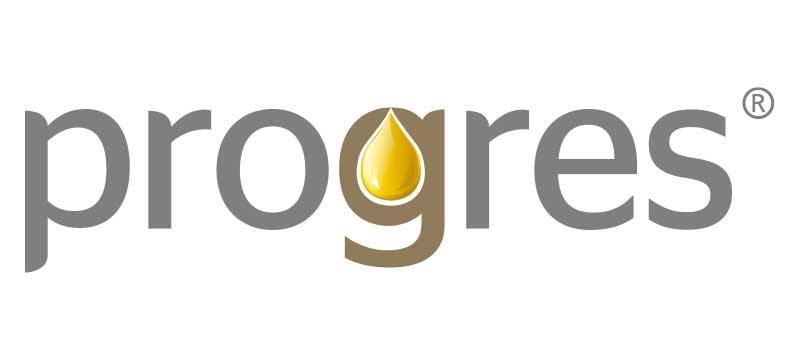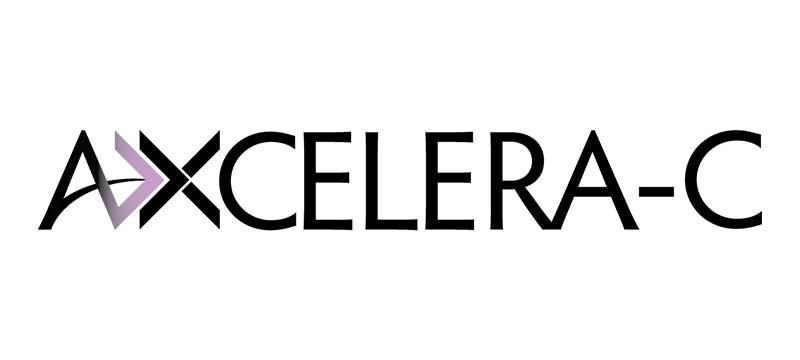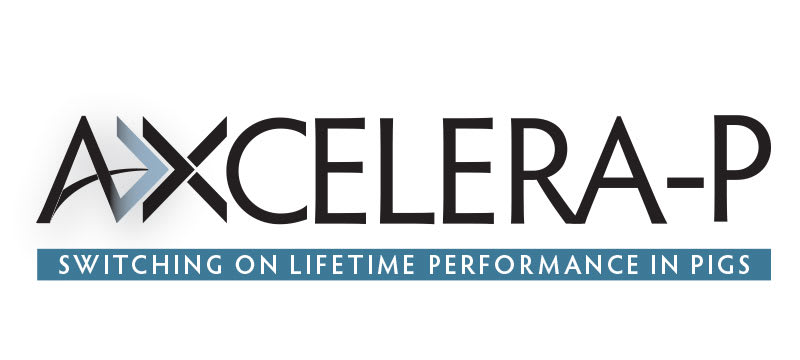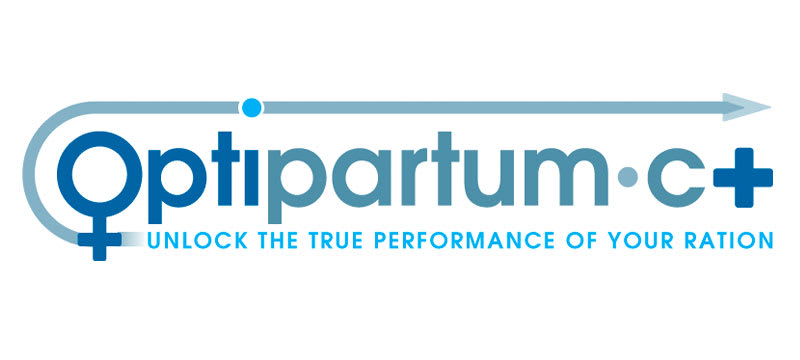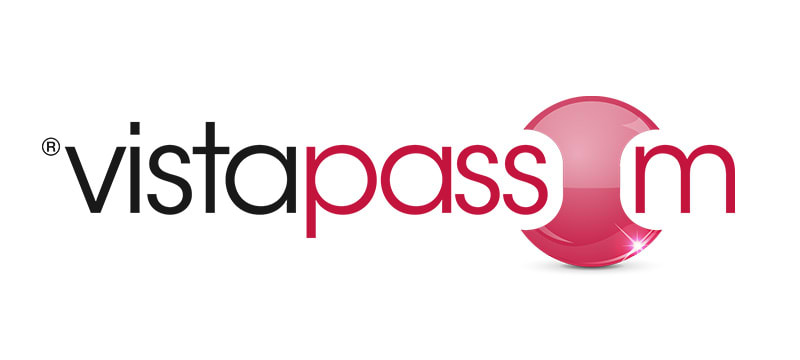Optimising feed strategy with NIR technology
Published Thursday, 28th November 2024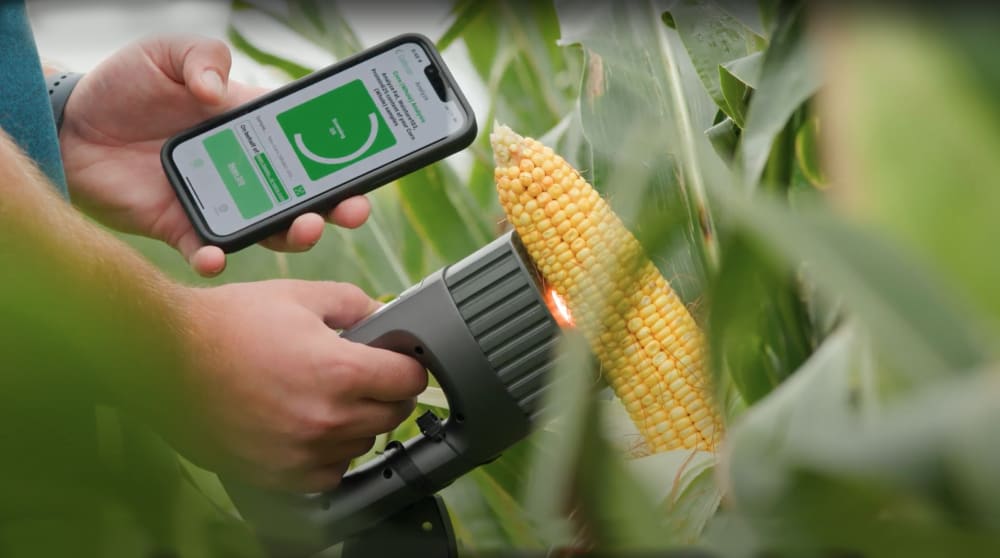
In the past, feed analysis was notably time-consuming. It was a challenge to try to diagnose a problem on-farm and calculate if (and how) a ration needed adjustment immediately.
This changed with the introduction of NIR – Near Infrared Spectroscopy. Samples could now be analysed within minutes on a much more regular basis, allowing adjustments to be made quickly. A now well-established method, NIR can provide real-time values for total dietary fibre and NSPs alongside ingredient analysis, empowering producers to make more informed decisions on feed formulation and quality control.
In celebration of AB Vista’s 20th anniversary, we sat down with key members of our NIR Service team. Here, they reflect on the advancements of NIR technology, the evolving needs of producers, and more.
____________________________
How has NIR technology advanced, and what is its importance for the modern producer?
Rocio Garcia, NIR Software Application Manager: “NIR has become a trending technique in the feed industry – it has many features that really support producers’ needs in terms of speed, reliability and cost. Those attributes benefit fast decision-making and contribute to the industry flow.
“The low maintenance, low need for sample preparation or use of contaminant agents and ease of use are all qualities appreciated by the user, as it limits the factor of human error. Its versatility allows the company to control many parameters and products with minimum input from the operator.”
Simon Flanagan, NIR Services Manager: “Much of the recent advancements in NIR technology has been through miniaturisation and connectivity.
“The continuation in miniaturisation is likely to end up with NIR sensors becoming a standard sensor in mobile phones. This technology could enable a huge number of consumer applications, like medication authenticity testing or fruit ripeness measurements.
“Benchtop spectrometers are now a very mature technology, and recent improvements have been around connectivity, enabling bigger networks of instruments to be supported more effectively.”
Why do you believe demand for NIR solutions has increased over the years?
Rocio: “Customers value the fast, reliable analysis they get with a single scan. NIR is more precise than wet chemistry, with fewer stages where things can go wrong. It’s also a simpler process – it displays results so quickly that the customer can analyse many samples of the same product at no extra cost.”
Simon: “The key benefits of NIR as an analytical technique are that it is reliable, rapid, easy to use, low cost, and environmentally friendly. These attributes have only become more important to our customers over time.”
How has AB Vista adapted its NIR offering to better serve the evolving market?
Rocio: “What we offer to customers is made using technology that was already available, grown into newer products and parameters. AB Vista has made very good decisions choosing other parameters that customers show more interest in, for which analysis would be very costly and take longer than they could afford to wait.”
Simon: “AB Vista, as a highly technical business, was – and continues to be – an ideal location for NIR. In 2010, when NIR was moved from our parent company to AB Vista, these services were focused on quality control and the general operation of feed mills
“We had calibrations to measure a range of the core nutrients used to formulate feeds and make manufacturing decisions. This provided a really strong base to use with AB Vista customers, which has been built upon with a range of calibrations testing more technical nutrients; phytic p, NSPs, amino acids etc.
“For some of the common products tested, we can now provide results for more than 100 nutrients, enabling more targeted formulation and supported by the use of AB Vista’s products.”
Looking to the next 20 years, how can AB Vista continue to innovate in terms of NIR?
Rocio: “I foresee AB Vista offering customers more products that will support their needs. With the evolution of AI, it’s likely we’ll see technological advances that will help us work smarter and faster.”
Simon: “Over the last 20 years, we’ve focused on generating the best possible nutrient results for our customers. In terms of the next 20, we’ll need to look at the data that comes from our NIR services at a higher level, helping customers to identify trends, highlighting problems or opportunities for efficiency, and providing valuable insights into customer, regional or global data.
“The shift from data to information to insight will be a key area of innovation for AB Vista's NIR services.”
What do you find more interesting about your work?
Rocio: “I believe the business we run has a big impact on the way the world is evolving and being part of that is a great thing. I feel like I’ve grown a lot professionally, and I’m surrounded by nice people who support and help me. I’m very happy to be part of this amazing team.”
Simon: “A lot of my work can be categorised as ‘problem solving’, whether it is helping to resolve customer issues, working out how a requested feature can be useful to as many customers as possible, or writing code to help the calibration team process data. Most of the time this is like solving a puzzle or investigating a crime; collecting evidence, identifying coincidences or relationships and then working out a conclusion that fits.
“Last year I was grateful to receive the Roadrunner Award acknowledging the work I have done on the Feed Quality Service (FQS) system. Seeing that the FQS site now processes 15,000 spectra and predicts more than a million results every month is very rewarding.”
Latest news
Stay ahead with the latest news, ideas and events.
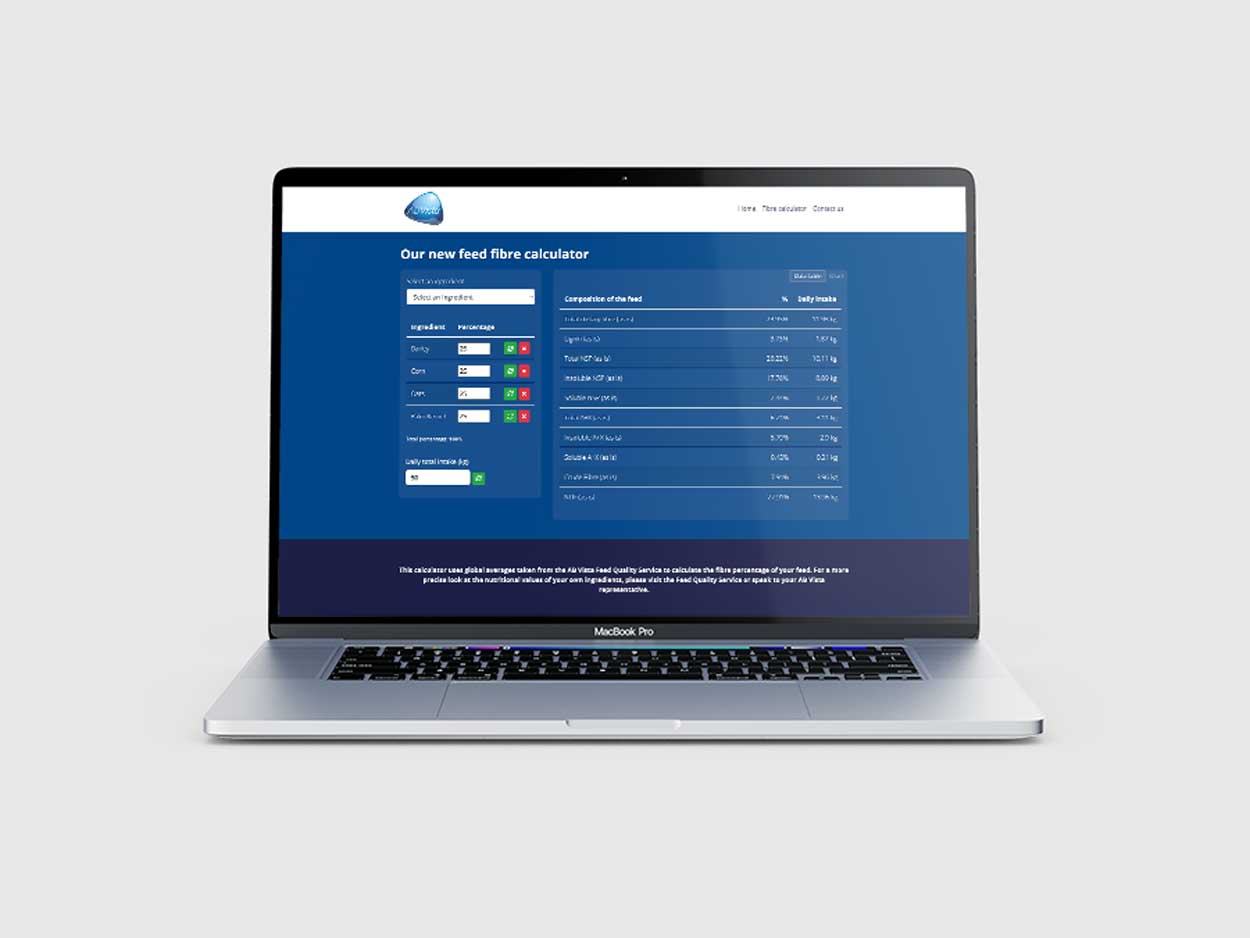
Online Feed Fibre Calculator
Calculate the percentage of dietary fibre in your feed
Our calculator is designed for nutritionists and uses averages of global raw materials to calculate the dietary fibre content (plus other more in-depth fibre parameters) of finished animal feed. These parameters are available within AB Vista’s Dietary Fibre analysis service (part of our NIR service).
Sign up for AB Vista news
A regular summary of our key stories sent straight to your inbox.
SUBSCRIBE© AB Vista. All rights reserved 2023
Website T&Cs Privacy & Cookie Policy Terms & Conditions of Sale IDC Policy










